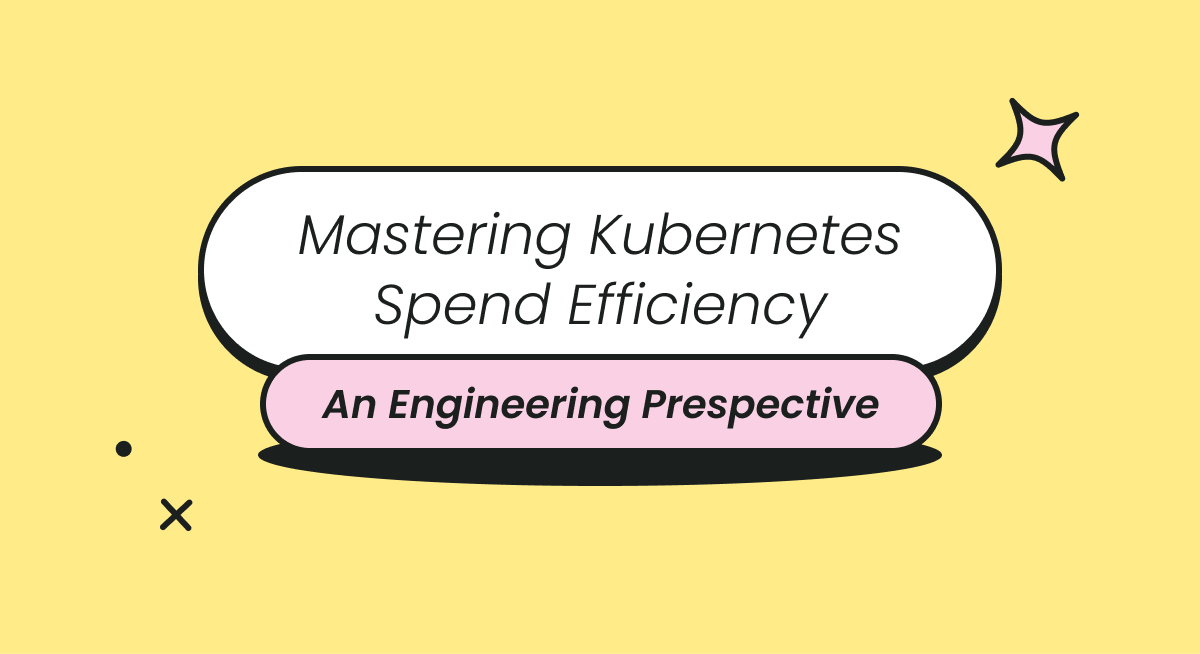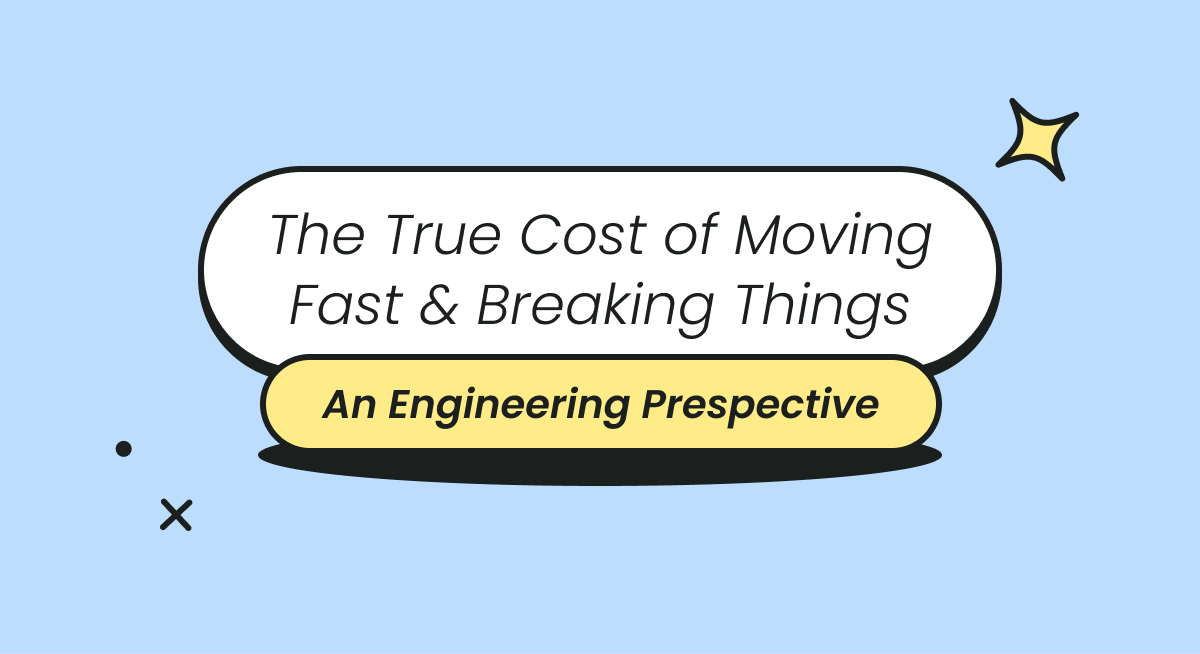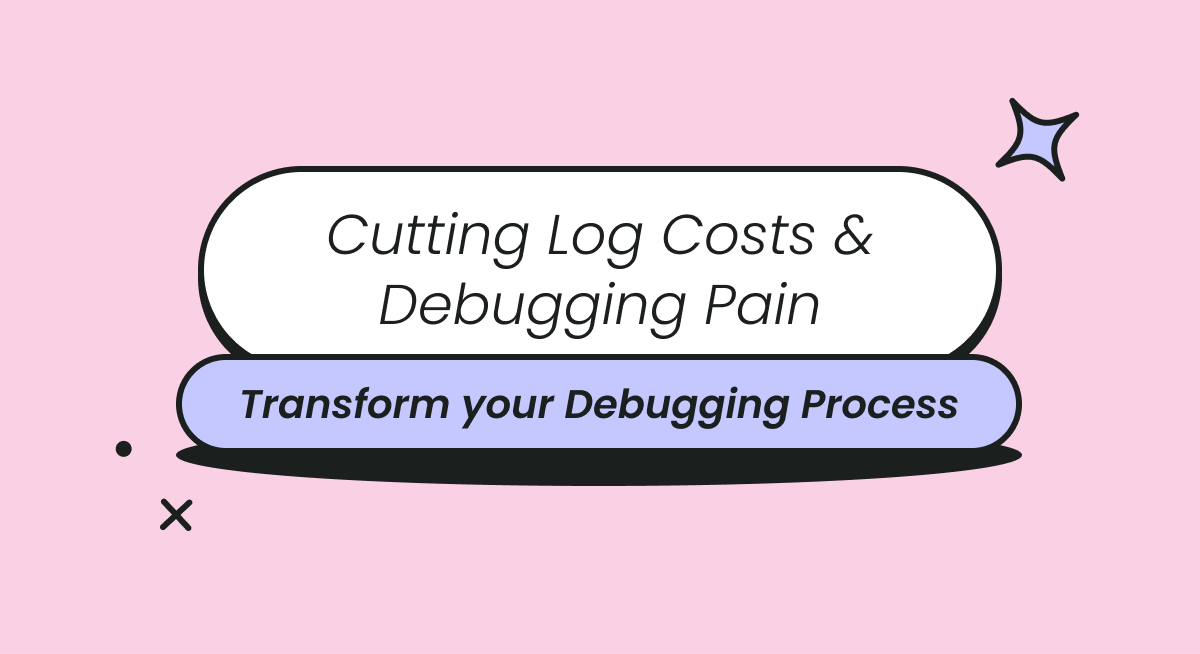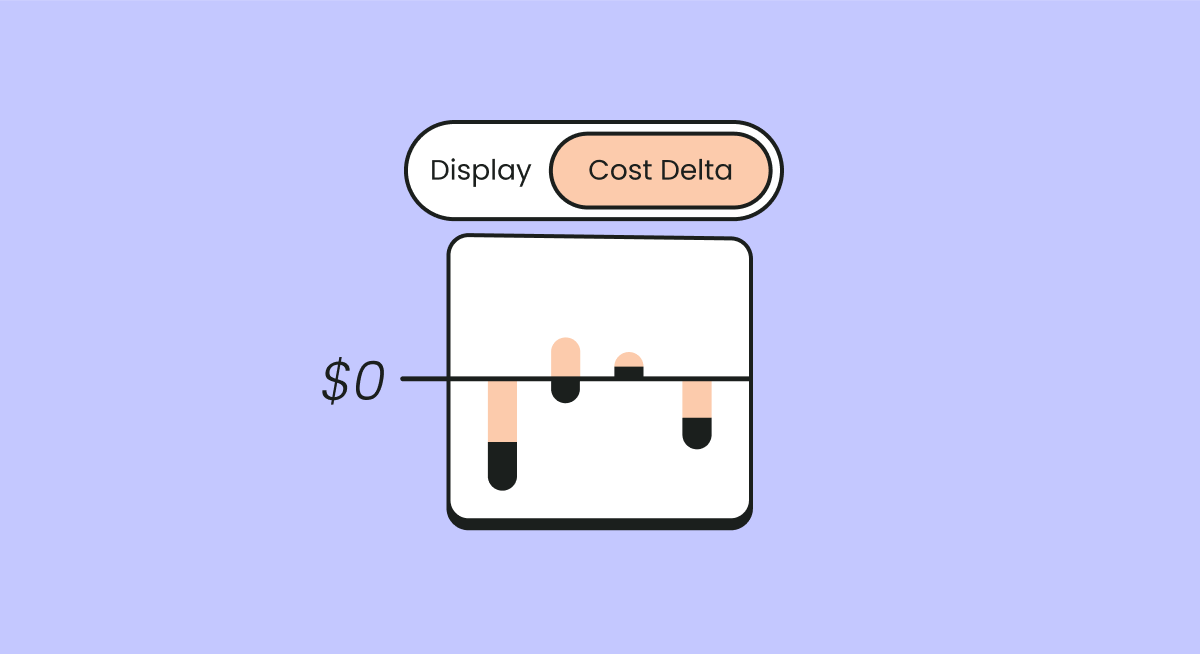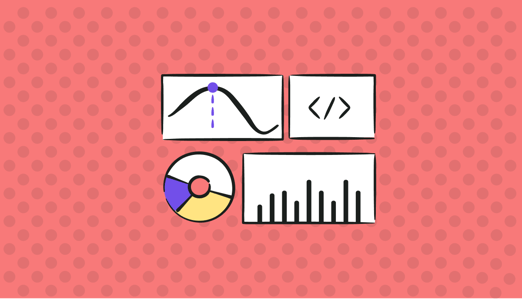
What is Cloud Economics?
Cloud economics refers to the understanding of cloud computing costs and benefits, along with the economic principles that underpin them. These principles address areas like the ROI of migrating to the cloud from on-premises systems, switching cloud providers, or embracing a multi-cloud approach, and even understanding what is unit economics. By garnering a better understanding of the economics of implementing technical architecture, finance leaders gain a clearer picture of how much they should be investing, while DevOps teams are given access to the knowledge they need to optimize cloud resource allocation.
Although the economic benefits of the cloud, such as enhanced scalability, agility, and global reach, are clear, many companies are still overspending. A recent survey even found that a third of organizations are exceeding their cloud budgets by as much as 40%. Typically, the most common reason for this overspending is the lack of consistent operational infrastructure leading to decreased visibility into cloud costs. This, in turn, is often a result of high complexity in today’s multi-cloud environments.
What Are Unit Economics In SaaS?
Measuring the value of cloud computing goes far beyond measuring your Total Cost of Ownership (TCO), although TCO is still a good starting point. Determining your TCO helps you understand your ROI, but the inherent complexities of the cloud make it more difficult to measure than it used to be in an on-premises environment. The costs of on-premises computing are relatively fixed – simply because they largely revolve around capital expenses. The cloud model of operational expenses tends to be more difficult to quantify due to the scale-to-need most businesses apply to cloud architecture.
In most cases, the TCO for cloud computing compares favorably with on-premises infrastructure. That said, cloud computing can result in a higher TCO than on-premises. The challenge with cloud economics, however, is that a higher TCO may still be justifiable, particularly if it results in greater speed to market, enhanced productivity, or more intangible benefits like reduced latency. Such factors are also important considerations if you’re planning to migrate to a new cloud vendor or expand your multi-cloud footprint.
Understanding and analyzing SaaS unit economics is another critical aspect of cloud cost optimization. By examining SaaS unit economics, companies can gain insights into customer acquisition costs, lifetime value, churn rates, and other key metrics that impact the overall profitability and success of their SaaS offerings.
This is why most businesses apply a FinOps philosophy to cloud economics.
What Does FinOps Achieve?
FinOps enables teams to match cloud costs to relevant business units, such as product features and specific operational environments. By applying cost intelligence to a FinOps dashboard, you can visualize the TCO on a per-unit basis and attain a granular view of areas like monitoring, transfers, storage, services, and computing. A FinOps approach assists you in identifying and working with your unique Unit of Economics for SaaS and strengthens the interconnections between technology and business to give you a clearer picture of where you currently are in your cloud optimization journey.
One of the key outcomes of successful FinOps is the ability to comprehensively answer the question of why a cloud bill has increased. Cloud bills are highly variable and can easily change without warning, and for SaaS companies, a higher bill doesn’t always align with higher revenues. If resources aren’t managed properly, bills can quickly spiral out of control resulting in a significantly higher total cost of ownership (TCO).
It is likely that your company is already looking to allocate better cloud spend, set your cost optimization goals, and implement the procedures necessary to reach them. However, there’s probably still a gap. Every time your cloud bills go up, your finance team faces the question, “why?”. Is it due to business growth or a strategic acceleration in cloud innovation? Or, have your bills gone up due to inefficient usage patterns and poor allocation of resources? It is the FinOps process that allows you to answer such questions. The FinOps process happens over three phases – inform, optimize, and operate. Companies may be in multiple phases at the same time, depending on where each business unit, application, or team is on its FinOps journey.
Why is Controlling Cloud Costs Such a Challenge?
The cloud is a dynamic environment, which is precisely what gives companies the agility to scale. SaaS companies can allocate or deallocate resources according to demand, allowing them to provide a consistent level of service to their customers. However, managing costs in such an environment is also inherently challenging simply because there are so many moving parts with resource usage varying constantly.
There are many scenarios that add to cost control challenges. For example, many cloud transactions are unnecessarily convoluted, meaning that a single transaction may go through multiple third-party systems, bumping up the cost per transaction considerably. Overallocation is a common issue in which smaller clients might have more storage or computing space dedicated to them than they will ever use.
Alternatively, the product itself may not perform as predicted. For example, a particular feature of a cloud app might not be popular enough for it to be profitable – instead, becoming a drain on resources with a negative ROI.
Cloud economics is all about gaining visibility into how much you’re paying for each business unit, whether it’s a specific app, feature, transaction, or team. Having clear visibility into your KPIs, rather than just your TCO, ultimately gives you the insights you need to align DevOps with finance (hence FinOps) and continuously optimize cloud cost efficiency.
Measuring Cloud Spend With Your Unit Economics SaaS
FinOps incorporates real-time monitoring, just-in-time processing, and close collaboration between IT and finance to provide visibility into cloud unit costs. Unit costs always represent a customer in some way, but precisely how they are defined depends on the industry. For SaaS companies seeking to optimize cloud spend and understand their unit economics SaaS, this means going far deeper than the common ‘units-as-customers’ model, in which a customer represents a single unit, regardless of how many subscriptions they purchase or which subscription tiers they have.
The simplest approach to measuring your cloud’s Unit of Economics is to compare how much it costs to run a particular application against the total revenue that the application provides. For example, your cloud spending might represent 10% of your total revenue. However, this is by far the least comprehensive approach since it doesn’t provide DevOps with any concrete insights they can use to optimize their operations.
A more sophisticated approach will take units of activity into consideration. For example, the output of a cloud application will usually be a cost center. A single API call might cost $0.001 simply because it costs money to develop, host, and run an API call. That might not sound like a lot, but things can quickly add up if your cloud apps make millions of API calls per month. Understanding and analyzing unit economics SaaS is crucial for making informed decisions to improve cost efficiency and profitability. Furthermore, some API calls might turn out to be completely unnecessary due to poorly optimized code.
The most mature approach to measuring cloud unit costs, including unit economics SaaS, is to measure the cost of an action against a revenue-producing activity. In any business interaction, there are always at least two parties involved, and cloud transactions are no different. In fact, there are often far more than just two parties involved!
Consider financial transactions as an analogy. Although party A may be passing currency to party B, you may also have to consider commissions and currency exchange rates. Similarly, for cloud transactions, it also becomes necessary to factor in the costs of API calls, computing power, and storage requirements. For example, in certain multi-cloud environments, one transaction may incur hefty egress fees for moving data from one vendor to another. Also, the more steps involved in a revenue-producing activity, the more expensive it’s likely to be.
Measuring cloud spend by matching costs to revenue-producing actions is the ultimate goal of FinOps – since it breaks down the operational silos between finance and IT.
Elasticity and Anticipating Demand
Traditional IT environments are typically built with excess computing capacity to accommodate peaks in demand. However, this requires careful balancing to prevent spending too much on something that’s rarely used. On the other hand, sudden peaks in demand may be so great that an on-premises environment is left unable to accommodate them, potentially resulting in major business loss. As such, the lack of elasticity of on-premises IT carries a high degree of risk.
Cloud computing can eliminate overprovisioning – since you only pay for what you use. Amazon Elastic Cloud Compute (ECC), for example, dynamically allocates resources to each process and application to ensure there’s always enough at any given time. In reality, however, a lot of companies make the mistake of extending elasticity benefits when they don’t need to. On-demand scaling doesn’t always lead to cost savings, and neither does it necessarily lead to a satisfactory return on investment.
FinOps can reduce the risk of taking elasticity for granted by establishing a Unit of Economics for key applications and helping SaaS companies quickly identify issues like diminishing returns. For example, if on-demand scaling for a given workload provides little or no economic benefit, then there’s a serious risk of cloud bill shock. FinOps can also help you identify those unused resources, such as elastic IPs that aren’t attached to a particular instance or network interface yet still cost money to keep active.
FinOps: Applying Cost Intelligence To Your Cloud
Your cloud bills are priced according to the Units of Economics that matter to your vendors rather than those that matter to you. While these bills identify your TCO, they provide minimal insight into your own Unit of Economics, such as how much revenue each customer, application, or feature brings to your company.
FinOps applies cloud cost intelligence in the form of KPIs that make sense both to finance leaders and DevOps teams. In other words, it’s a collaborative, interdepartmental effort that transcends operational silos. This is especially important in the age of the cloud, as many of the decisions that impact cloud costs happen outside the IT and finance teams. For example, product teams might be responsible for deciding how to price subscriptions, while engineers might need to decide which services and infrastructure to use to deliver the product. By democratizing cloud cost intelligence, all stakeholders can gain visibility into how their various workloads impact the business’s KPIs.
Many SaaS companies have already adopted FinOps as a core element of their cloud spend optimization strategy. And to good effect: FinOps supports the continuous optimization of cloud spend on a granular basis to maximize your return on investment (ROI). The sooner your SaaS company adopts a FinOps culture, the better. With a FinOps platform like Finout, you can tag cloud resources at scale across cloud vendors and instantly attribute costs to specific items like instances, data lakes, data warehouses, applications, and even individual transactions – all on a per-customer basis. Only then can you attain a truly comprehensive view of your return on investment.
Finout provides a single source of truth for your cloud spending to give you the means to monitor, manage, and optimize your cloud spending in minutes. Sign up for Finout today start making data-driven business decisions.
